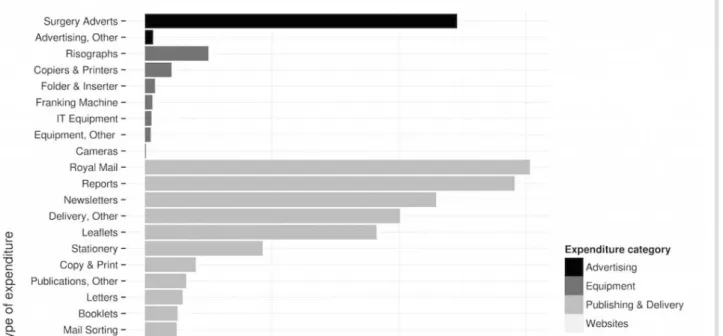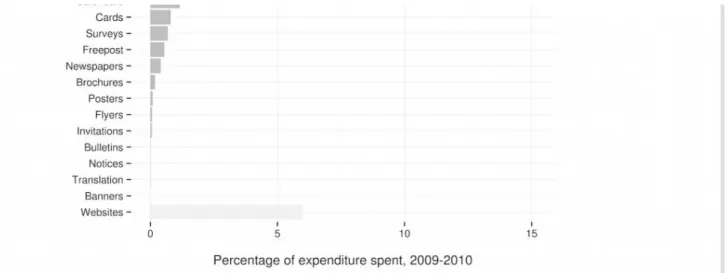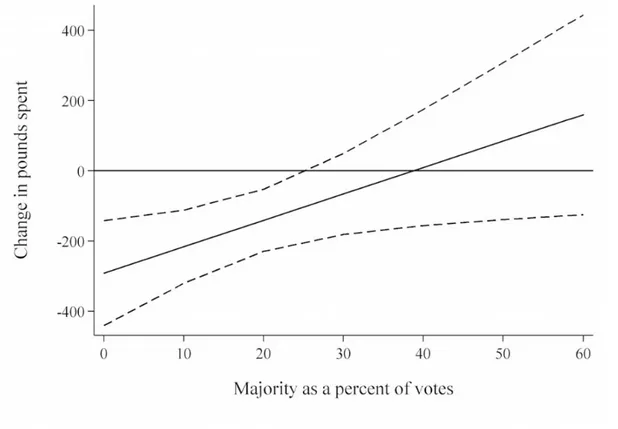April 15, 2018 blogs.lse.ac.uk/politicsandpolicy/factors-affecting-how-much-an-mp-spends-on-communications/
Why do some MPs invest more in constituency communication than others? Usingdata from the Communications Allowance between 2007 and 2010,
Volltext
Abbildung



ÄHNLICHE DOKUMENTE
V4 countries should continue to intervene in debates on free movement across the European Union, emphasizing the positive elements, benefits of and opportunities created
Fine-grained ASLR • not sufficient against adversary with ability to bypass standard ASLR via memory
As for the outcome, the governing party is hopeful that by combining the early parliamentary elections with the second round of presidential elections on 27 th April, it will
In contrast, Schüler and colleagues con- ducted studies showing that the positive effects of competence and relatedness need satisfaction on well-being outcomes are stronger
Shi Yinhong, director of the Center for American Studies at Renmin University, warns in the Financial Times: “When Hu Jintao took over [in 2002] China didn’t need to look to Russia
Thank you very much for the interest in submitting a paper to “Religion in the Roman Empire” (Mohr Siebeck). In order to facilitate the process of reviewing and the editorial
An inordinately large share of core contributions is used to cover these costs (see Box 1). The burden is spread very unevenly, with 10 OECD coun- tries contributing some 65 per
Calculations in this index on the percentage change in real annually committed funds per capita to the 11 th EDF compared to the 10 th EDF indicate that the EU12 Member States’